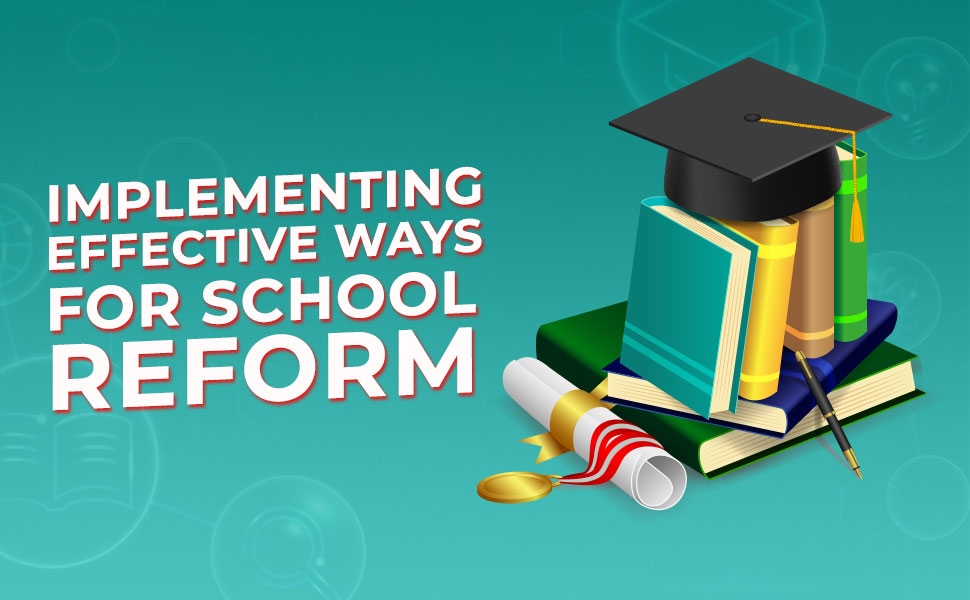School reform is an important step in improving education in any country. Implementing effective reform measures can be key to raising student performance and creating a better learning environment. School reform initiative has become increasingly prominent with increased participation by parents, teachers, administrators, and government officials.
The Need for School Reform
To understand why is education reform important, we must first consider the current state of education in many countries. In most cases, there are reports of low achievement levels among students, high dropout rates, and inadequate resources.
These conditions can lead to a lower quality of education and fewer opportunities for students to succeed in the future. Therefore, implementing effective school reform is essential to creating a better learning environment and providing students with the best chance of success.
What are Reform Schools?
School reform involves changing existing policies and practices that may contribute to poor student performance. This includes making changes to the curriculum, teaching methods, assessment and evaluation processes, and increasing resources available to students.
In addition, education reform efforts may also focus on providing more support for teachers and administrators to help them better serve the needs of their students.
Implementing Effective School Reform
To effectively implement school reform, it is important to understand the current state of education and the challenges that must be addressed. This means engaging in research to identify areas where improvement is needed and gathering data to understand how best to address these issues.
It also involves collaboration between stakeholders, including parents, teachers, administrators, and government officials, to ensure a comprehensive approach to reform.
Top 10 Ways to Reform in education system in School
1. Ambitious Standards: Establish higher academic standards that are equally rigorous for all students.
2. Implement technology in the classroom: Utilise computer-aided instruction and other technological tools to help engage students and improve their understanding of content.
3. Enhance teacher professional development: Provide teachers with ongoing training opportunities to stay current on best practices and educational trends.
4. Increase access to resources: Ensure all students have equal access to the materials and support they need to succeed.
5. Support underprivileged schools: Place greater emphasis on providing additional funds, personnel, and other resources for disadvantaged schools.
6. Update curriculum: Make sure the curriculum meets modern student needs and is aligned with state standards.
7. Develop an assessment system: Create a comprehensive system for evaluating students and providing meaningful feedback to help them improve their performance.
8. Increase school safety: Work to ensure all students feel safe in their learning environment.
9. Cultivate strong leadership: Ensure administrators are well-equipped to lead school reform efforts.
10. Promote collaboration: Create opportunities for teachers, parents, and students to work together to improve the quality of education in their schools.
Conclusion
Education reform is an important step in improving education and providing students with the best opportunities for success. By implementing effective reform measures through understanding the current state of education, engaging in research, and collaborating with various stakeholders.
We can create a better learning environment for all students. With dedication and commitment from all those involved, school reform initiatives can help create a brighter future for generations.



